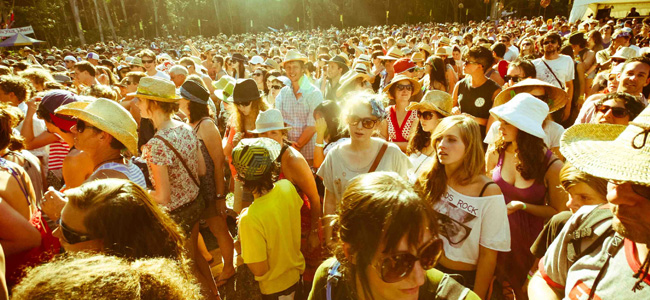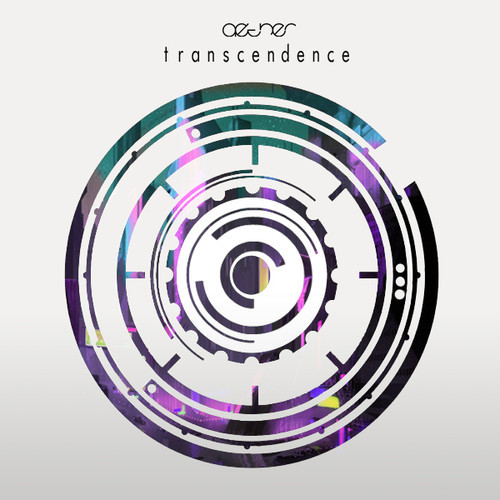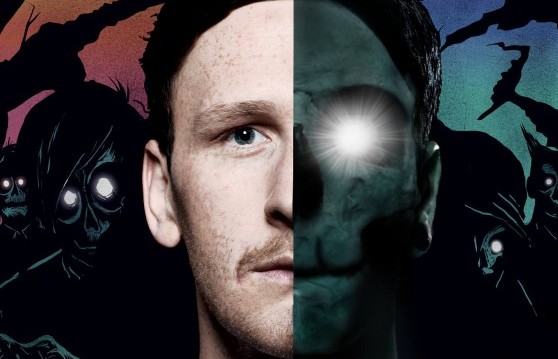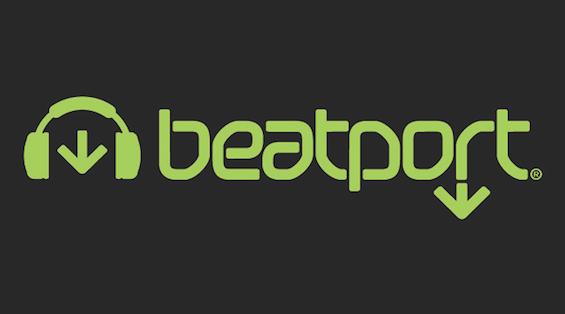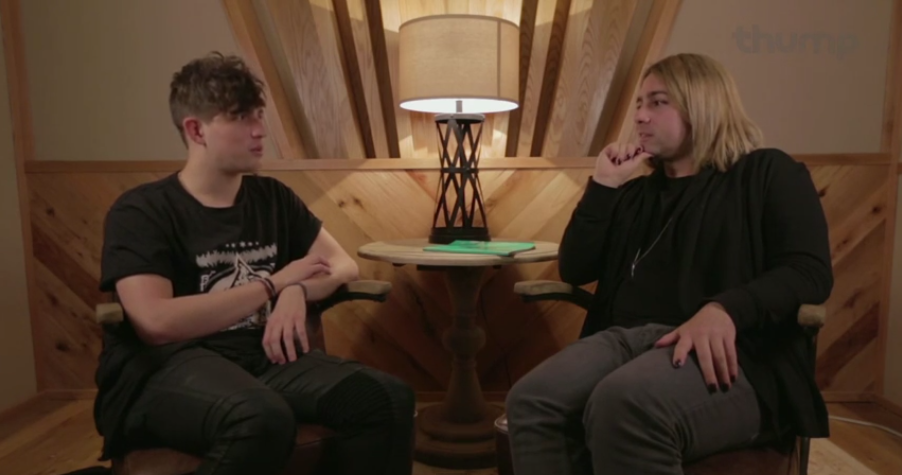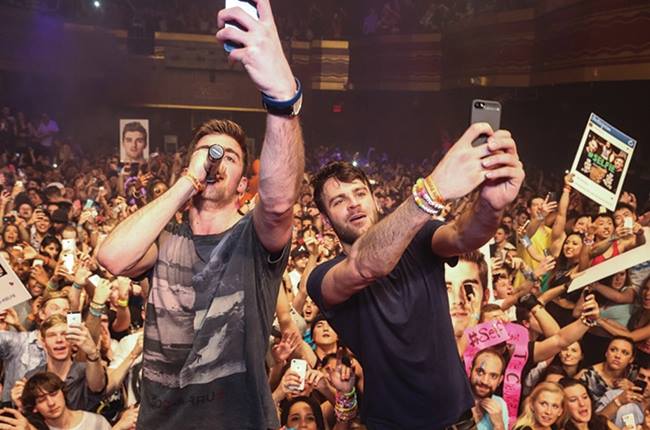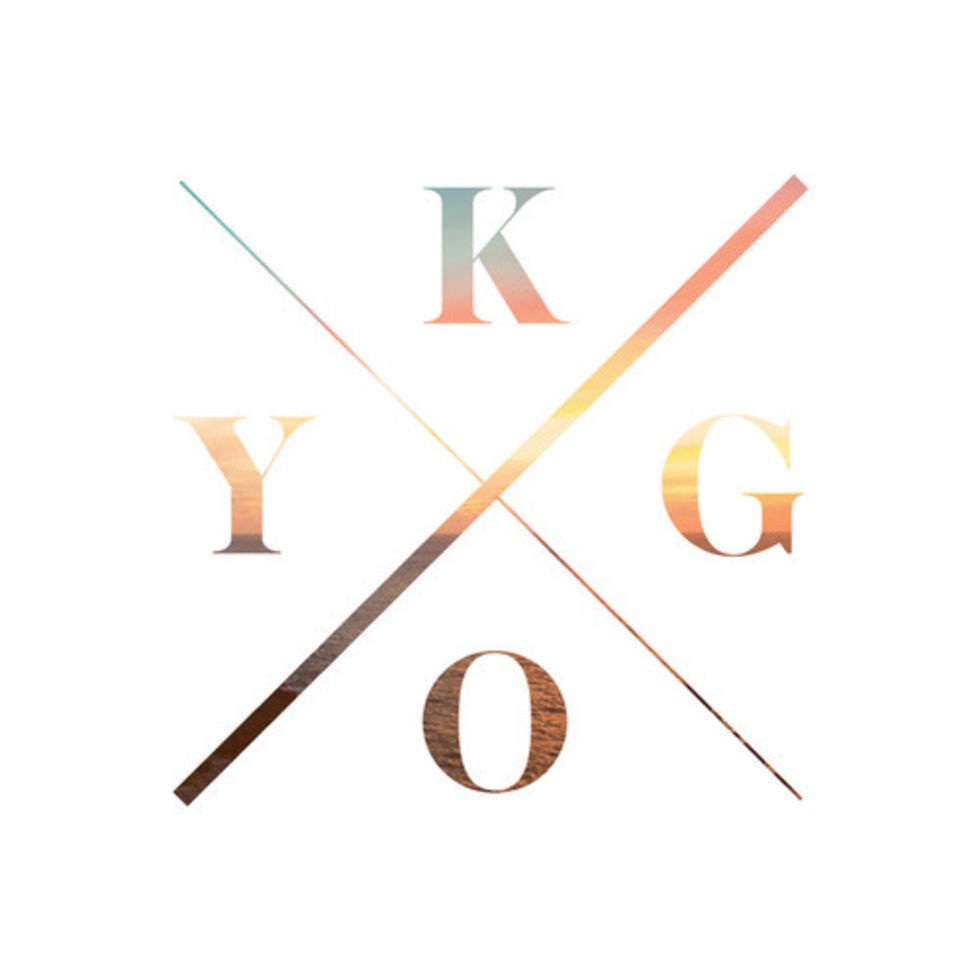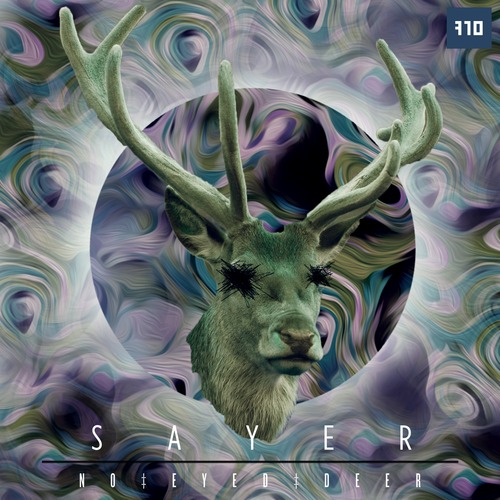In 1969, Woodstock Music & Art Fair changed the course of live music events. It was the first of its kind in terms of crowd, artists and production. It paved the way for future music festivals to thrive. Lollapalooza was founded in 1991, Coachella in 1999, Bonnaroo in 2002, etc.
Currently, there are over 60 music festivals set to take place in the U.S. this year. As these festivals continue to proliferate and expand, the demand for in-demand headliners becomes more competitive and the acts are stretched thin. Every festival is vying for the best headliners to draw the largest crowds, and this has led to the resurgence and reunions of a whole slew of acts. Most notably this year was Outkast performing their first reunion show at Coachella; Neutral Milk Hotel, who haven’t released anything in the past sixteen years will be performing at Bonnaroo and Pitchfork.
Compared to when these acts were pulling in hundreds or thousands of dollars per show, this new festival atmosphere is proving to be much more profitable. When festivals can consistently bring in over 200,000 attendees over a weekend for tickets reaching upwards of $400, money is going to be made hand over fist. Consequently, “festivals can afford to pay headliners up to $4 million.”
“When we first started, it was really foreign – all people could remember was Woodstock,” said Electric Daisy Carnival founder Pasquale Rotella. “It made it really difficult to explain. That’s no longer true.” Rotella had his own rocky start in Los Angeles in the early nineties and now owns a multi-million dollar enterprise that caters to more than 500,000 fans a year across 4 continents.
In the grand scheme of things, this is a great time to be a fan of music. Demand is at an absurd level and supply only continues to grow. The only issue should be with “product quality.” Even for baby bands – if they get the right time slots and are able to play effectively to big crowds – festivals can make the difference between just surviving and thriving.
Read more on Rolling Stone.
